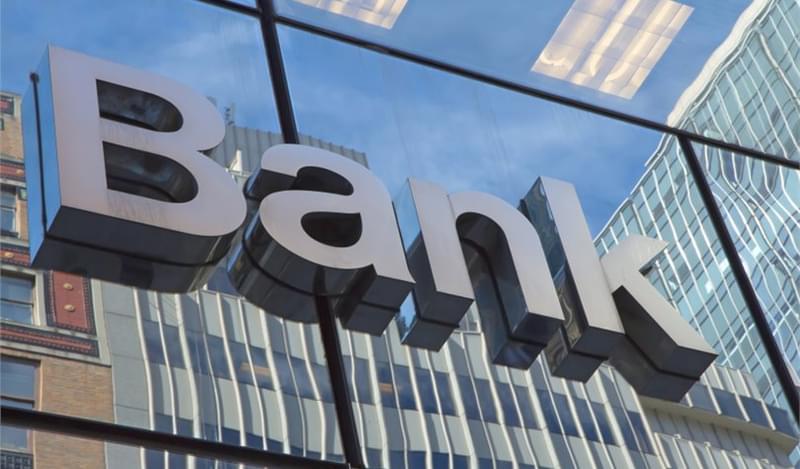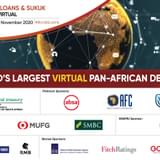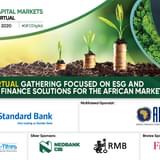Bonds & Loans caught up with Njoroge at the Climate Bonds Annual Conference in London to discuss these topics more.
What is your outlook on the Kenyan economy for this year?
The outlook for 2017 will see an extension of some of the strengths seen in 2016, particularly in terms of real sector development. We recorded growth of 5.9% in 2016, with inflation in target range of around 5%. The current account deficit has closed quite nicely: in 2014 it was 9.8% of GDP, in 2015 it was 6.8% of GDP, and in 2016 it came down to 5.5%. About 1% of GDP of that 5.5% is SGI imports, which is typically financed by loans; FDI is another 2.2% of GDP; with the rest coming from organic capital investment. We have seen our reserves strengthen, which currently sit at around US$6.9bn.
All of this is to say that we have moved in to 2017 in a relatively strong position, and we are looking at a continuation of much the same. We see continued strengthening in growth, but, given some headwinds, we expect growth to come down to 5.7%. The current account deficit is likely to remain about the same level in 2017.
 We are a bit concerned that the current account deficit may be closing too quickly. We may be a middle-income country, which necessarily requires more investment, but if the current account deficit is a reflection of the amount of foreign savings we are securing because domestic savings may not be sufficient, it would be better to see that deficit come down more gradually or organically.
We are a bit concerned that the current account deficit may be closing too quickly. We may be a middle-income country, which necessarily requires more investment, but if the current account deficit is a reflection of the amount of foreign savings we are securing because domestic savings may not be sufficient, it would be better to see that deficit come down more gradually or organically.
We are committed to a flexible exchange rate and did not see excessive levels of volatility in 2016. We expect the foreign exchange market to remain fairly neutral in 2017. Inflation should remain within target range unless we see a big shock to the economy.
We see two major risks on the horizon. The first is drought. We have experienced a pretty severe drought over the past year, both in Kenya and a number of East African nations, and with agriculture contributing about 25% of Kenya’s GDP, we could see a fairly negative impact on growth if that were to continue. It could also have a deep impact on inflation, like it did in February, when food prices shot up on average 16.5% - a shift caused by the drought. The price of some food stuffs shot through the roof. The human cost of further drought would be substantial.
The biggest risk for us is external – the so-called Trump Effect, and the impact of US policy changes on Kenya. Uncertainty, and a lack of clarity on policy, are huge risks. How will fiscal stimulus affect growth? Will the US administration push protectionist policies or cancel any existing bilateral agreements like ANGOA? Is the US going to unwind much of the financial regulation that helps protect the economy – and if so, to what extent? Any material erosion in US growth or increased protectionism could directly affect Kenya’s economy.
How did the Central Bank manage in its approach to mitigating the impact of shocks like the Brexit referendum result or the Trump victory?
We didn’t rest on our laurels. We had to develop a ‘Plan B’ and in both cases, the key was to have sufficiently large external reserves and insurance, which we positioned for. We also have an arrangement with the IMF that gives us access to roughly US$1.5bn on a precautionary basis. We have healthy policy buffers, so that we don’t get cornered when it comes to acting in one way or another to mitigate any currency volatility.
How do you think Kenya should respond in the face of political sea changes, not just in the US or the UK, but increasingly in Europe?
The US could go through a period of retrenchment, as well as the UK and to some extent – depending on how upcoming elections go – Europe. I think the way to deal with that is for us to be much more focused on our region. We need to focus on our neighbours so that regional integration becomes a much more important project. Not something as institutionally rigid as the EU, but working together to expand our markets and support initiatives that benefit the region. For instance, we need to push the East Africa Community, strengthen trade integration, policy integration – including monetary policy, financial sector integration, and the like. We have been pushed in that direction, and it is something we should embrace.
We also need to think more about our own risk mitigation mechanisms. This is an area that needs more thinking, sector by sector.
Some Kenyan banks encountered steep challenges over the past year. How do you see the sector faring in 2017?
The banking sector is largely exposed to many of the same risks I mentioned earlier, but there has been some broad improvement over the past year. If you looked at the sector during the first quarter of 2016, things were looking pretty tough. But we have managed to navigate through the mess and we have seen a strengthening of the banks.
We have ushered in a phase we want to become the new normal. This is underpinned by three pillars. The first is enhanced transparency, in terms of their balance sheets and accounting, and corporate actions, so that we can ensure we can identify non-performance and that appropriate action is taken. The second, stronger corporate governance. Management and shareholders need to be accountable for their actions. Stronger bank supervision is part of improving governance. The third, strengthening and improving business models. Banking business models need to evolve – structures and processes that have worked well in the past may not work so well in the future, and they need to be rethought in order to make banks more resilient in dealing with new challenges. The country’s banks have been asked to redesign their business models and submit them to us by the end of April.
We still have some ways to go, but we are making progress towards these three goals.
A number of the country’s banks have warned against the recently introduced interest rate caps, suggesting they will be adversely affected. How do you anticipate the banking sector will be impacted?
We can’t say for sure how the interest rate cap, introduced in September last year, will affect the banking sector. What we can say is that the country’s banks can easily survive this. Of course, it will have an impact on their profits, but they can still thrive without charging extortionately high interest rates. We expect the cap will weaken banks’ balance sheets to a limited extent, but not dramatically.
You have been very supportive of sustainable finance initiatives both within and outside Kenya. What role do you see green bonds playing in Kenya’s public sector finance strategy? What role is the CBK playing in promoting sustainable finance?
At times, the Central Bank has to get involved in things it sees will have a substantial impact to the financial sector. We are coming at this from the perspective of financial stability, and the impact on the banking institutions themselves. We need to assess the risks and challenges these instruments present to the industry. We also believe that if green bonds or other sustainable finance instruments are managed correctly, they can have a profoundly positive affect on the country.
There are no other institutions with the ability to convene all of the country’s banks in the same way as the Central Bank, so as a regulator we are in an important position in terms of acting as a facilitator. We may not be able to issue the instruments directly, but we want to be champions of these instruments as much as we want to ensure we monitor and help shape their development in a way that secures financial stability. We don’t want to stand in the margins – we want to take an active role here, because we also believe sustainable finance is not just a matter of national importance, but global importance.









